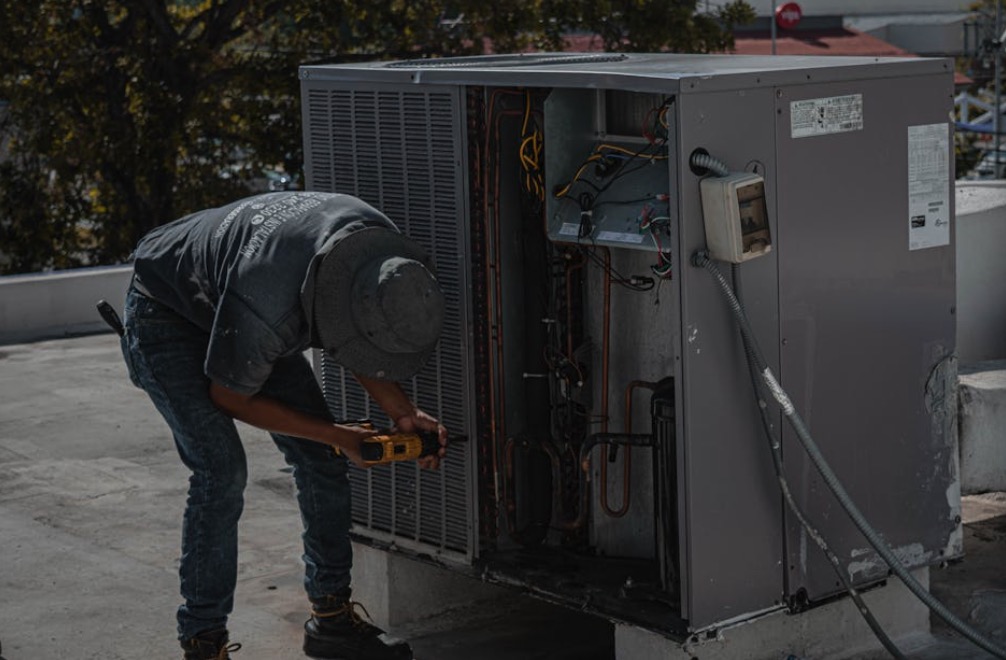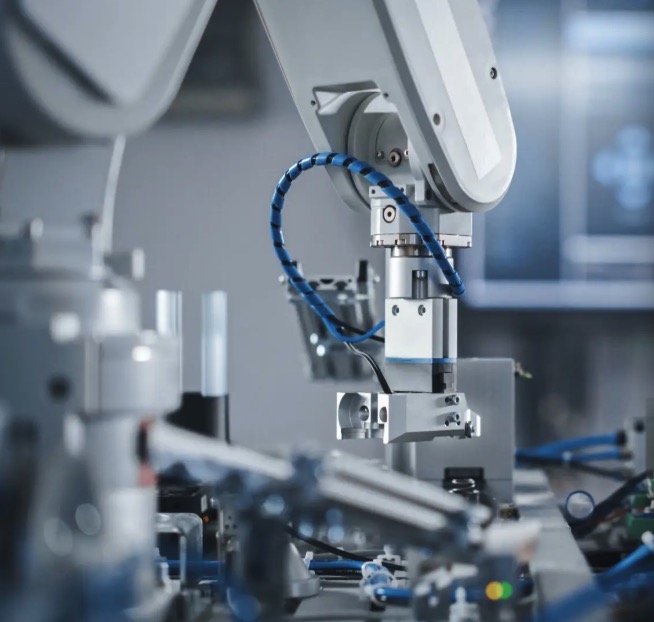Raspberry Pi Current Sensor: Revolutionizing the Way We Monitor Power Consumption
Abstract:
In this article, we will explore the fascinating world of Raspberry Pi current sensors and how they are transforming the way we monitor power consumption. From home automation to industrial applications, these tiny yet powerful devices offer a plethora of possibilities. Join us as we delve into the functionalities, benefits, and applications of Raspberry Pi current sensors, providing you with an in-depth understanding of their capabilities.
Table of Contents:
1. Introduction
2. Understanding Raspberry Pi Current Sensors
3. Benefits of Raspberry Pi Current Sensors
4. Applications of Raspberry Pi Current Sensors
5. Getting Started with Raspberry Pi Current Sensors
6. Conclusion
1. Introduction:
In today’s technology-driven world, monitoring power consumption has become imperative for both individuals and industries. With the advent of Raspberry Pi current sensors, this task has been revolutionized, making it easier than ever before to track and analyze energy usage. In this article, we will explore the various aspects of Raspberry Pi current sensors, from their basic functionalities to their wide range of applications.
2. Understanding Raspberry Pi Current Sensors:
Raspberry Pi current sensors are small yet powerful devices that allow us to measure the electrical current flowing through a circuit without interrupting its operation. These sensors utilize the Hall effect, which is based on the interaction between a magnetic field and a moving charge. By accurately measuring the magnetic field generated by the current, Raspberry Pi sensors can provide real-time data on power consumption.
3. Benefits of Raspberry Pi Current Sensors:
The adoption of Raspberry Pi current sensors offers numerous benefits. Firstly, their compact size and low power consumption make them ideal for integration into various projects. They are also cost-effective, making them accessible to a wide range of users. Furthermore, their ease of use and compatibility with Raspberry Pi boards make them a popular choice among hobbyists and professionals alike.
4. Applications of Raspberry Pi Current Sensors:
The applications of Raspberry Pi current sensors are diverse and far-reaching. In the field of home automation, these sensors enable us to monitor the power consumption of individual appliances and optimize their usage for energy efficiency. In industrial settings, they play a crucial role in power management, helping businesses identify areas of high energy consumption and implement strategies to reduce costs. Additionally, Raspberry Pi current sensors find applications in renewable energy systems, electric vehicle charging stations, and smart grid monitoring.
5. Getting Started with Raspberry Pi Current Sensors:
Getting started with Raspberry Pi current sensors is relatively simple, even for beginners. The first step is to choose the right sensor for your project, considering factors such as current range, accuracy, and interface compatibility. Next, you will need to connect the sensor to your Raspberry Pi board using the appropriate wiring scheme. Finally, by writing and running a few lines of code, you can start collecting and analyzing real-time power consumption data.
6. Conclusion:
Raspberry Pi current sensors have revolutionized the way we monitor power consumption, offering a cost-effective and accessible solution for individuals and industries alike. With their small size, low power consumption, and compatibility with Raspberry Pi boards, these sensors have opened up a world of possibilities in home automation, industrial applications, and renewable energy systems. So, whether you are a DIY enthusiast or a seasoned professional, it’s time to embrace the power of Raspberry Pi current sensors for efficient and intelligent energy management.
(Note: This article is purely informational and does not endorse any specific brand or product.)

How to Choose Between PT100, Thermocouple, and NTC Sensors
When it comes to measuring temperature in various applications, selecting the right sensor is critical for achieving precision, reliability, and efficiency. Among the most popular options are PT100 sensors, thermocouples



